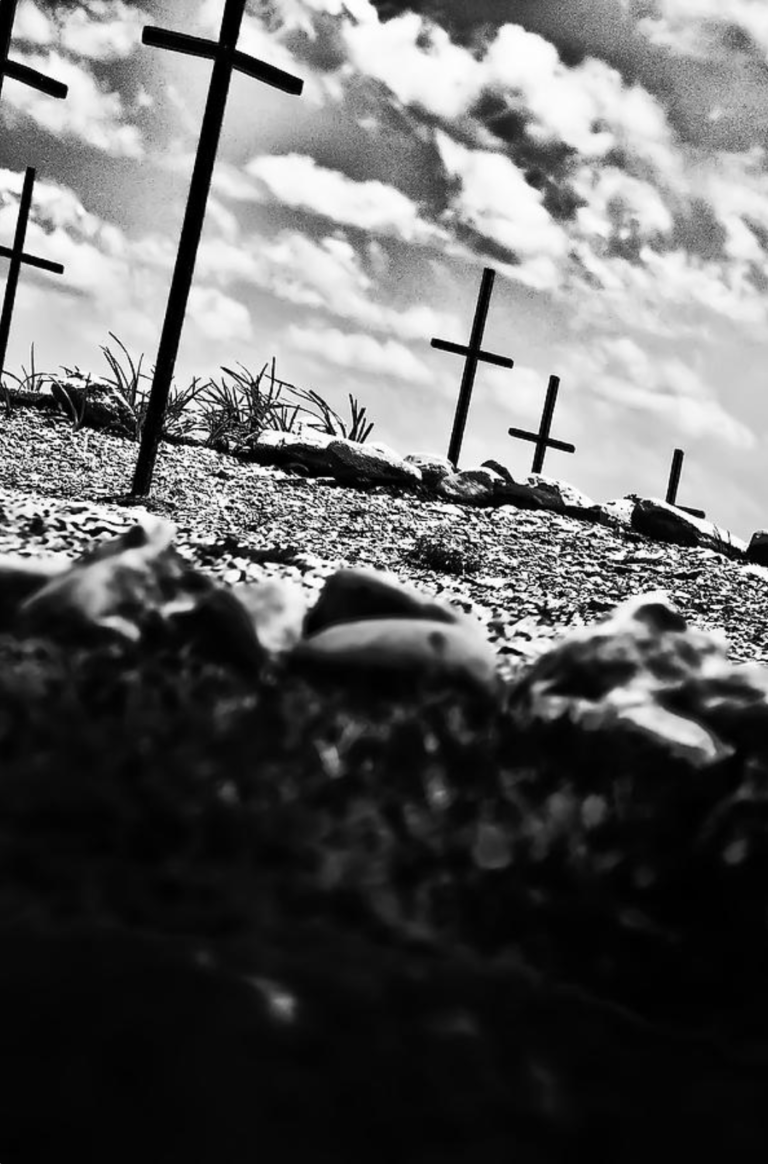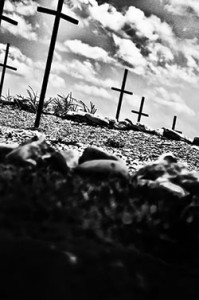Unsettling

One of two sessions that members of the American Studies Association’s Early American Matters Caucus voted, back in April, to designate on the ASA’s 2014 conference program as “Sponsored by the Early American Matters Caucus” was the interdisciplinary roundtable on Kathleen Donegan’s Seasons of Misery: Catastrophe and Colonial Settlement in Early America (2014). The session took place on Friday, November 7, and in a conversation immediately afterward with Professor Donegan, we agreed I would check with Anna Mae Duane, who had been in the audience and therefore part of the discussion, about preparing a follow-up piece to appear here in Common-place.

A year earlier, before the ASA’s 2013 conference in Washington had even wrapped up, one of these panelists, Sari Altschuler, had suggested in conversation that Seasons of Misery would be an especially effective book around which to build a colloquy. In inviting scholars from a wide range of specialties to participate—British imperial history, disability studies, hemispheric studies focusing on the Americas, studies on indigenous peoples, and so on—I worked to craft a session which would demonstrate the range that Seasons of Misery has achieved. The four colonial sites on which the book focuses are Roanoke, Jamestown, Plymouth, and Barbados, and the first chapter, “Roanoke: Left in Virginia,” first appeared as “What Happened in Roanoke,” an essay in the journal Early American Literature in 2013. More recently, Professor Donegan became the latest recipient of the Richard Beale Davis Prize, recognizing the best article published in EAL in 2013. The committee of judges so honored her article for “develop[ing] a counterintuitive approach to colonial history through a bracing model for reading narrative form as a historiographic artifact.” Donegan performs close readings of those English settlers’ various texts to show the profound estrangement they felt, having to survive in sites comprising what she describes as a world of misery. The book extrapolates from overwhelmingly catastrophic, unsettling details to examine larger questions, and the function of the following brief comments was to raise some of those larger questions.
Each comment is indeed brief, in keeping with the approach that the Joyceans have applied to what they have called “living book reviews”; a list of the forty-plus panels I’ve organized and frequently moderated along these lines can be found at this “Two decades and counting” link. In order to avoid having a book’s author simply be The Respondent, I ask that scholar and each of a handful of other knowledgeable, articulate colleagues begin with a four- or five-minute statement laying out an issue or two about the book, in hopes that the group, panelists and audience members alike, will address that point in the discussion that follows. Midway through this Donegan colloquy, after three panelists had each commented on how central the notion of Englishness is in the book, I mentioned that one way to avoid such overlap would be simply to divvy up topics ahead of time—an approach I’ve studiously avoided, figuring that if more than one panelist arrives hoping to discuss a particular idea or meme, such as “chaos zones,” that pattern will be worth noting.
So, following these brief opening remarks about the book, was there a discussion that involved and engaged members of the audience? There was indeed, with Anna Brickhouse, Michelle Burnham, Elizabeth Maddock Dillon, and Duncan Faherty among others contributing. The hour and 45 minutes allotted to each session passed quickly, and the conversation spilled over into the hallway; it is conceivable that the program for next October’s ASA conference, in Toronto, could include a session or two that addresses the issues Donegan treats in Seasons of Misery. The catchall theme for 2015, after all, is “The (Re)production of Misery and the Ways of Resistance.”
This article originally appeared in issue 15.2 (Winter, 2015).